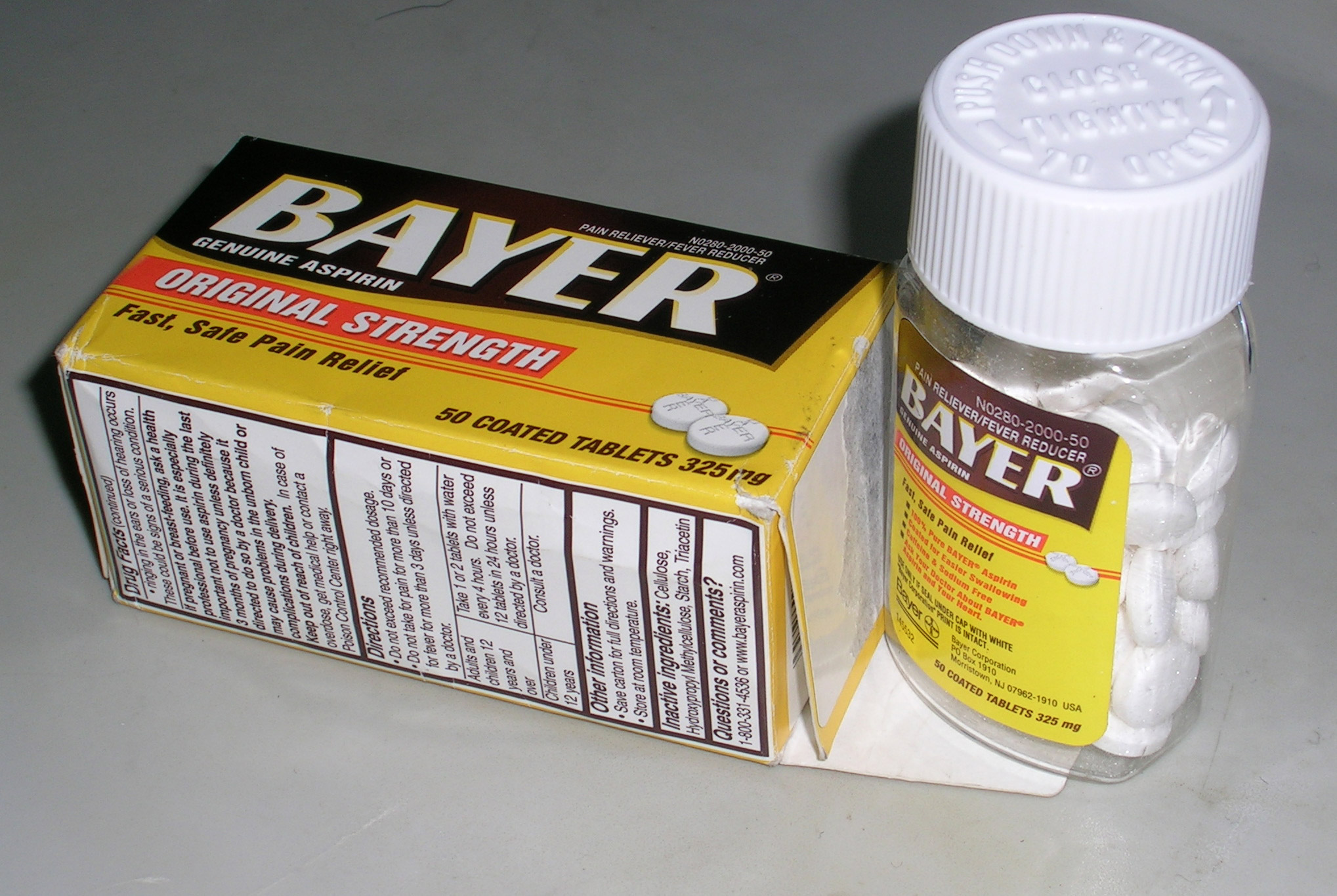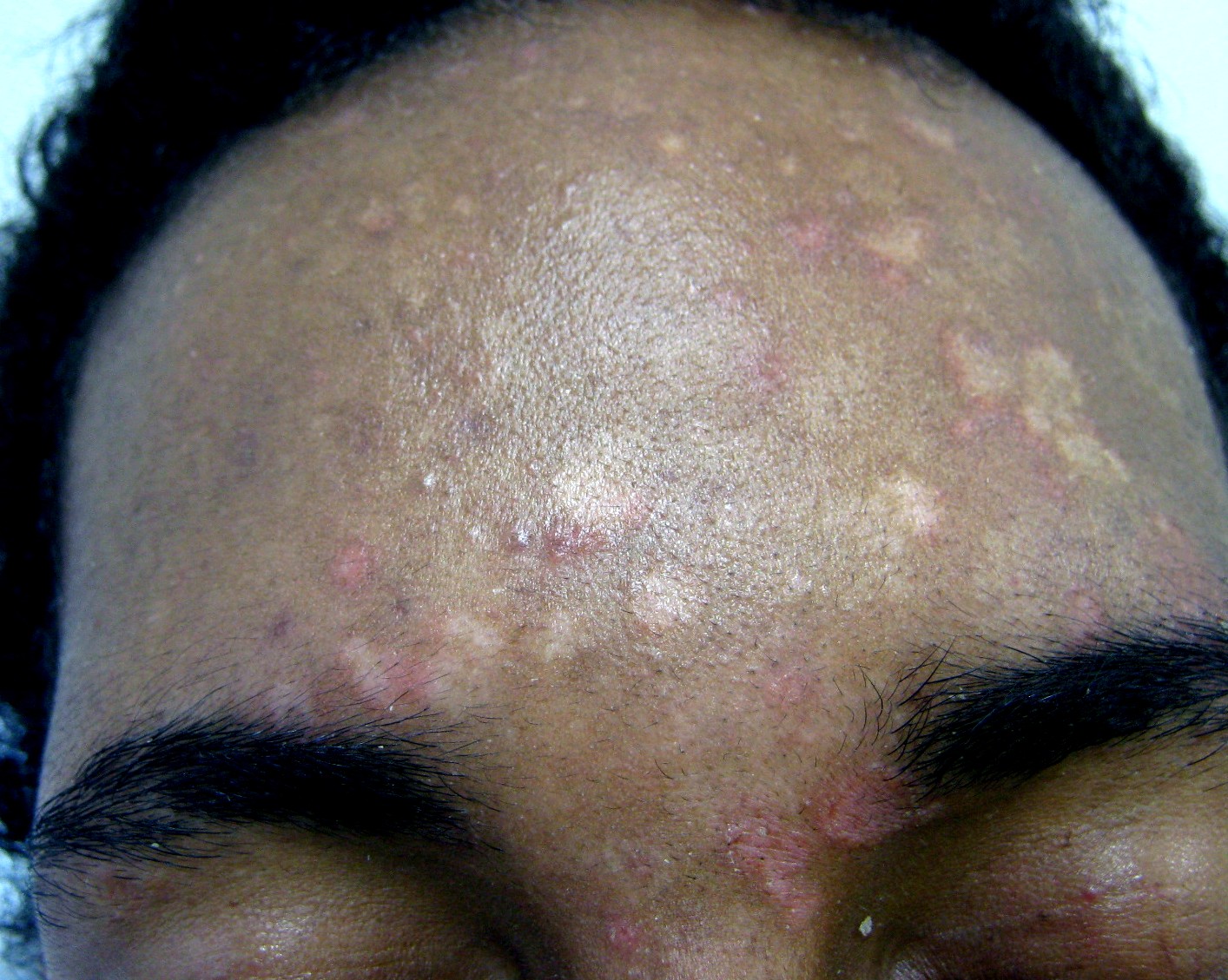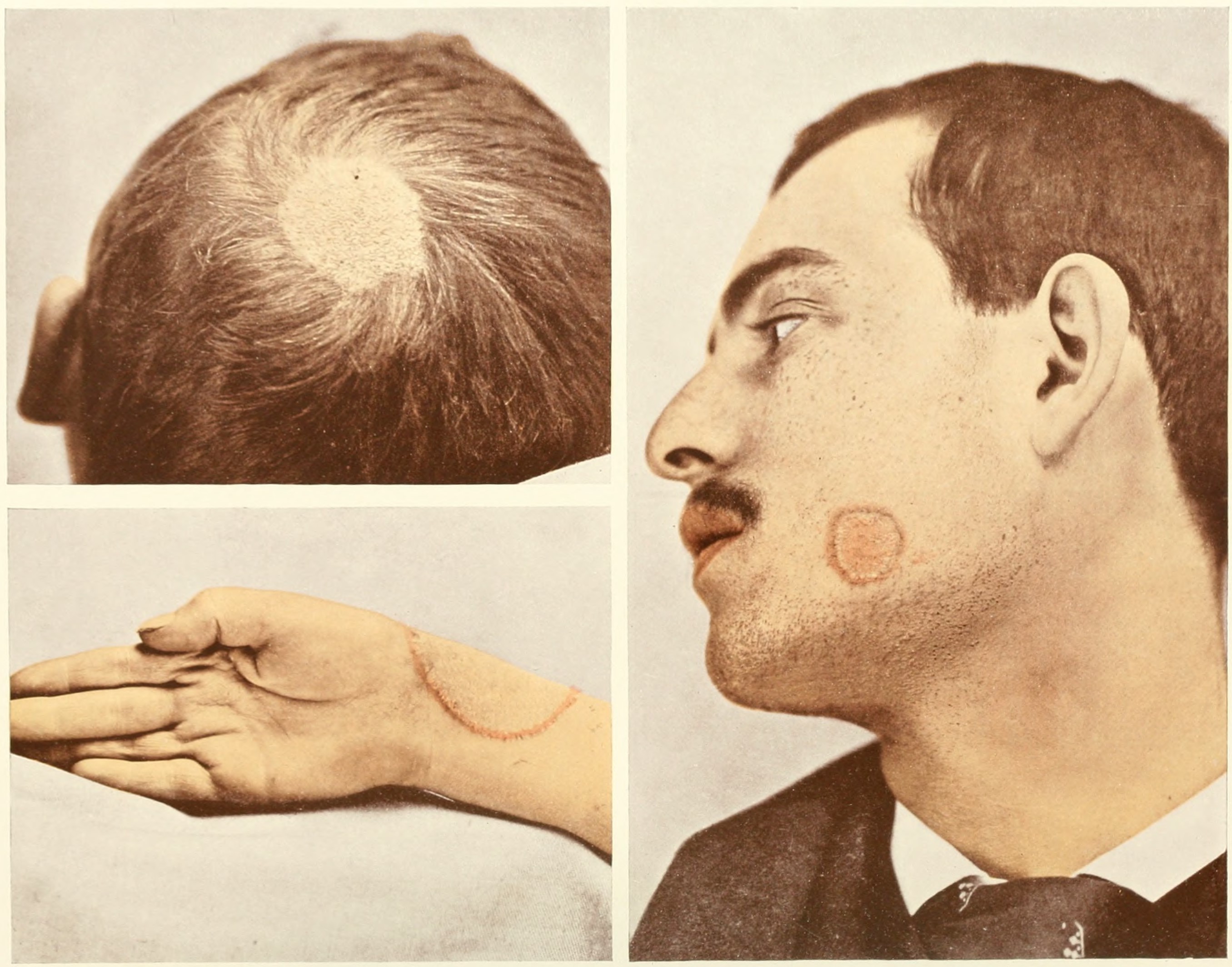|
Zinc Pyrithione
Zinc pyrithione (or pyrithione zinc) is a coordination complex of zinc. It has fungistatic (inhibiting the division of fungal cells) and bacteriostatic (inhibiting bacterial cell division) properties and is used in the treatment of seborrhoeic dermatitis and dandruff. Structure of the compound The pyrithione ligands, which are formally monoanions, are chelated to Zn2+ via oxygen and sulfur centers. In the crystalline state, zinc pyrithione exists as a centrosymmetric dimer (see figure), where each zinc is bonded to two sulfur and three oxygen centers. In solution, however, the dimers dissociate via scission of one Zn-O bond. This compound was first described in the 1930s. Pyrithione is the conjugate base derived from 2-mercaptopyridine-''N''-oxide (CAS# 1121-31-9), a derivative of pyridine-''N''-oxide. Uses Medicine Zinc pyrithione can be used to treat dandruff and seborrhoeic dermatitis. It also has antibacterial properties and is effective against many pathoge ... [...More Info...] [...Related Items...] OR: [Wikipedia] [Google] [Baidu] |
Over-the-counter Drug
Over-the-counter (OTC) drugs are medicines sold directly to a consumer without a requirement for a prescription from a healthcare professional, as opposed to prescription drugs, which may be supplied only to consumers possessing a valid prescription. In many countries, OTC drugs are selected by a regulatory agency to ensure that they contain ingredients that are safe and effective when used without a physician's care. OTC drugs are usually regulated according to their active pharmaceutical ingredient (API) and strengths of final products. The term ''over-the-counter'' (''OTC'') refers to a medication that can be purchased without a medical prescription. In contrast, prescription drugs require a prescription from a doctor or other health care professional and should only be used by the prescribed individual. Some drugs may be legally classified as over-the-counter (i.e. no prescription is required), but may only be dispensed by a pharmacist after an assessment of the patient ... [...More Info...] [...Related Items...] OR: [Wikipedia] [Google] [Baidu] |
Streptococcus
''Streptococcus'' is a genus of gram-positive spherical bacteria that belongs to the family Streptococcaceae, within the order Lactobacillales (lactic acid bacteria), in the phylum Bacillota. Cell division in streptococci occurs along a single axis, thus when growing they tend to form pairs or chains, which may appear bent or twisted. This differs from staphylococci, which divide along multiple axes, thereby generating irregular, grape-like clusters of cells. Most streptococci are oxidase-negative and catalase-negative, and many are facultative anaerobes (capable of growth both aerobically and anaerobically). The term was coined in 1877 by Viennese surgeon Albert Theodor Billroth (1829–1894), by combining the prefix "strepto-" (from ), together with the suffix "-coccus" (from Modern , from .) In 1984, many bacteria formerly grouped in the genus ''Streptococcus'' were separated out into the genera '' Enterococcus'' and '' Lactococcus''. Currently, over 50 species are ... [...More Info...] [...Related Items...] OR: [Wikipedia] [Google] [Baidu] |
Paint
Paint is a material or mixture that, when applied to a solid material and allowed to dry, adds a film-like layer. As art, this is used to create an image or images known as a painting. Paint can be made in many colors and types. Most paints are either oil-based or water-based, and each has distinct characteristics. Primitive forms of paint were used tens of thousands of years ago in cave paintings. Clean-up solvents are also different for water-based paint than oil-based paint. Water-based paints and oil-based paints will cure differently based on the outside ambient temperature of the object being painted (such as a house). History Paint was used in some of the earliest known human artworks. Some cave paintings drawn with red or yellow ochre, hematite, manganese oxide, and charcoal may have been made by early ''Homo sapiens'' as long as 40,000 years ago. Paint may be even older. In 2003 and 2004, South African archeologists reported finds in Blombos Cave of a 100,000-y ... [...More Info...] [...Related Items...] OR: [Wikipedia] [Google] [Baidu] |
Water
Water is an inorganic compound with the chemical formula . It is a transparent, tasteless, odorless, and Color of water, nearly colorless chemical substance. It is the main constituent of Earth's hydrosphere and the fluids of all known living organisms (in which it acts as a solvent). It is vital for all known forms of life, despite not providing food energy or organic micronutrients. Its chemical formula, , indicates that each of its molecules contains one oxygen and two hydrogen atoms, connected by covalent bonds. The hydrogen atoms are attached to the oxygen atom at an angle of 104.45°. In liquid form, is also called "water" at standard temperature and pressure. Because Earth's environment is relatively close to water's triple point, water exists on Earth as a solid, a liquid, and a gas. It forms precipitation in the form of rain and aerosols in the form of fog. Clouds consist of suspended droplets of water and ice, its solid state. When finely divided, crystalline ice ... [...More Info...] [...Related Items...] OR: [Wikipedia] [Google] [Baidu] |
Solubility
In chemistry, solubility is the ability of a chemical substance, substance, the solute, to form a solution (chemistry), solution with another substance, the solvent. Insolubility is the opposite property, the inability of the solute to form such a solution. The extent of the solubility of a substance in a specific solvent is generally measured as the concentration of the solute in a wikt:saturated#Chemistry, saturated solution, one in which no more solute can be dissolved. At this point, the two substances are said to be at the solubility equilibrium. For some solutes and solvents, there may be no such limit, in which case the two substances are said to be "miscibility, miscible in all proportions" (or just "miscible"). The solute can be a solid, a liquid, or a gas, while the solvent is usually solid or liquid. Both may be pure substances, or may themselves be solutions. Gases are always miscible in all proportions, except in very extreme situations,J. de Swaan Arons and G. A. ... [...More Info...] [...Related Items...] OR: [Wikipedia] [Google] [Baidu] |
Vitiligo
Vitiligo (, ) is a chronic autoimmune disorder that causes patches of skin to lose pigment or color. The cause of vitiligo is unknown, but it may be related to immune system changes, genetic factors, stress, or sun exposure, and susceptibility to it may be affected by regional environmental risk factors, especially early in life. Treatment options include topical medications, light therapy, surgery and cosmetics. The condition causes patches of a light peachy color of any size, which can appear on any place on the body; in particular, nonsegmental vitiligo, the common form, tends to progress, affecting more of the skin over time. Vitiligo spots on the skin can also vary in pigmentation over long periods, although they will stay in relatively the same areas. Signs and symptoms The only sign of vitiligo is the presence of pale patchy areas of depigmented skin which tend to occur on the extremities. Some people may experience itching before a new patch appears. The patches ... [...More Info...] [...Related Items...] OR: [Wikipedia] [Google] [Baidu] |
Tinea Versicolor
Tinea versicolor (also pityriasis versicolor) is a condition characterized by a skin eruption on the trunk and proximal extremities. The majority of tinea versicolor is caused by the fungus '' Malassezia globosa'', although '' Malassezia furfur'' is responsible for a small number of cases. These yeasts are normally found on the human skin and become troublesome only under certain conditions, such as a warm and humid environment, although the exact conditions that cause initiation of the disease process are poorly understood. The condition pityriasis versicolor was first identified in 1846. Versicolor comes from the Latin ' 'to turn' + ''color''. It is commonly referred to as Peter Elam's disease in many parts of South Asia. Signs and symptoms The signs of this condition include: * Occasional fine scaling of the skin producing a very superficial ash-like scale * Pale, dark tan, or pink in color, with a reddish undertone that can darken when the patient is overheated, such as ... [...More Info...] [...Related Items...] OR: [Wikipedia] [Google] [Baidu] |
Atopic Dermatitis
Atopic dermatitis (AD), also known as atopic eczema, is a long-term type of inflammation of the skin. Atopic dermatitis is also often called simply eczema but the same term is also used to refer to dermatitis, the larger group of skin conditions. Atopic dermatitis results in puritis, itchy, red, swollen, and cracked skin. Clear fluid may come from the affected areas, which can thicken over time. Atopic dermatitis affects about 20% of people at some point in their lives. It is more common in younger children. Females are affected slightly more often than males. Many people outgrow the condition. While the condition may occur at any age, it typically starts in childhood, with changing severity over the years. In children under one year of age, the face and limbs and much of the body may be affected. As children get older, the areas on the insides of the knees and folds of the elbows and around the neck are most commonly affected. In adults, the hands and feet are commonly affec ... [...More Info...] [...Related Items...] OR: [Wikipedia] [Google] [Baidu] |
Dry Skin
Xeroderma, xerosis or xerosis cutis, or simply dry skin, is a skin condition characterized by excessively dry skin. The term derives . In most cases, dry skin can safely be treated with moisturizers (also called emollients). Xeroderma occurs most commonly on the scalp, lower legs, arms, hands, knuckles, the sides of the abdomen, and thighs. Symptoms most associated with xeroderma are such skin conditions as scaling (the visible peeling of the outer skin layer), itching, and skin fissures (cracked skin). Causes Xeroderma is a very common condition. It happens more often in the winter when the cold air outside and the hot air inside create a low relative humidity. This causes the skin to lose moisture and it may crack and peel. Bathing or hand washing too frequently, especially if one is using harsh soaps, can contribute to xeroderma. Xeroderma can be caused by a deficiency of vitamin A, vitamin D, zinc, systemic illness, severe sunburn, or some medication. Xeroderma can b ... [...More Info...] [...Related Items...] OR: [Wikipedia] [Google] [Baidu] |
Athletes Foot
Athlete's foot, known medically as ''tinea pedis'', is a common skin infection of the feet caused by a fungus. Signs and symptoms often include itching, scaling, cracking and redness. In rare cases the skin may blister. Athlete's foot fungus may infect any part of the foot, but most often grows between the toes. The next most common area is the bottom of the foot. The same fungus may also affect the nails or the hands. It is a member of the group of diseases known as ''tinea''. Athlete's foot is caused by a number of different funguses, including species of ''Trichophyton'', '' Epidermophyton'', and ''Microsporum''. The condition is typically acquired by coming into contact with infected skin, or fungus in the environment. Common places where the funguses can survive are around swimming pools and in locker rooms. They may also be spread from other animals. Usually diagnosis is made based on signs and symptoms; however, it can be confirmed either by culture or seeing hyphae ... [...More Info...] [...Related Items...] OR: [Wikipedia] [Google] [Baidu] |
Fungus
A fungus (: fungi , , , or ; or funguses) is any member of the group of eukaryotic organisms that includes microorganisms such as yeasts and mold (fungus), molds, as well as the more familiar mushrooms. These organisms are classified as one of the kingdom (biology)#Six kingdoms (1998), traditional eukaryotic kingdoms, along with Animalia, Plantae, and either Protista or Protozoa and Chromista. A characteristic that places fungi in a different kingdom from plants, bacteria, and some protists is chitin in their cell walls. Fungi, like animals, are heterotrophs; they acquire their food by absorbing dissolved molecules, typically by secreting digestive enzymes into their environment. Fungi do not photosynthesize. Growth is their means of motility, mobility, except for spores (a few of which are flagellated), which may travel through the air or water. Fungi are the principal decomposers in ecological systems. These and other differences place fungi in a single group of related o ... [...More Info...] [...Related Items...] OR: [Wikipedia] [Google] [Baidu] |
Ringworm
Dermatophytosis, also known as tinea and ringworm, is a mycosis, fungal infection of the skin (a dermatomycosis), that may affect skin, hair, and nails. Typically it results in a red, itchy, scaly, circular rash. Hair loss may occur in the area affected. Symptoms begin four to fourteen days after exposure. The #Types, types of dermatophytosis are typically named for area of the body that they affect. Multiple areas can be affected at a given time. About 40 types of fungus can cause dermatophytosis. They are typically of the ''Trichophyton'', ''Microsporum'', or ''Epidermophyton'' type. Risk factors include using public showers, contact sports such as wrestling, excessive sweating, contact with animals, obesity, and immunosuppression, poor immune function. Ringworm can spread from other animals or between people. Diagnosis is often based on the appearance and symptoms. It may be confirmed by either microbial culture, culturing or looking at a skin scraping under a microscope. ... [...More Info...] [...Related Items...] OR: [Wikipedia] [Google] [Baidu] |








